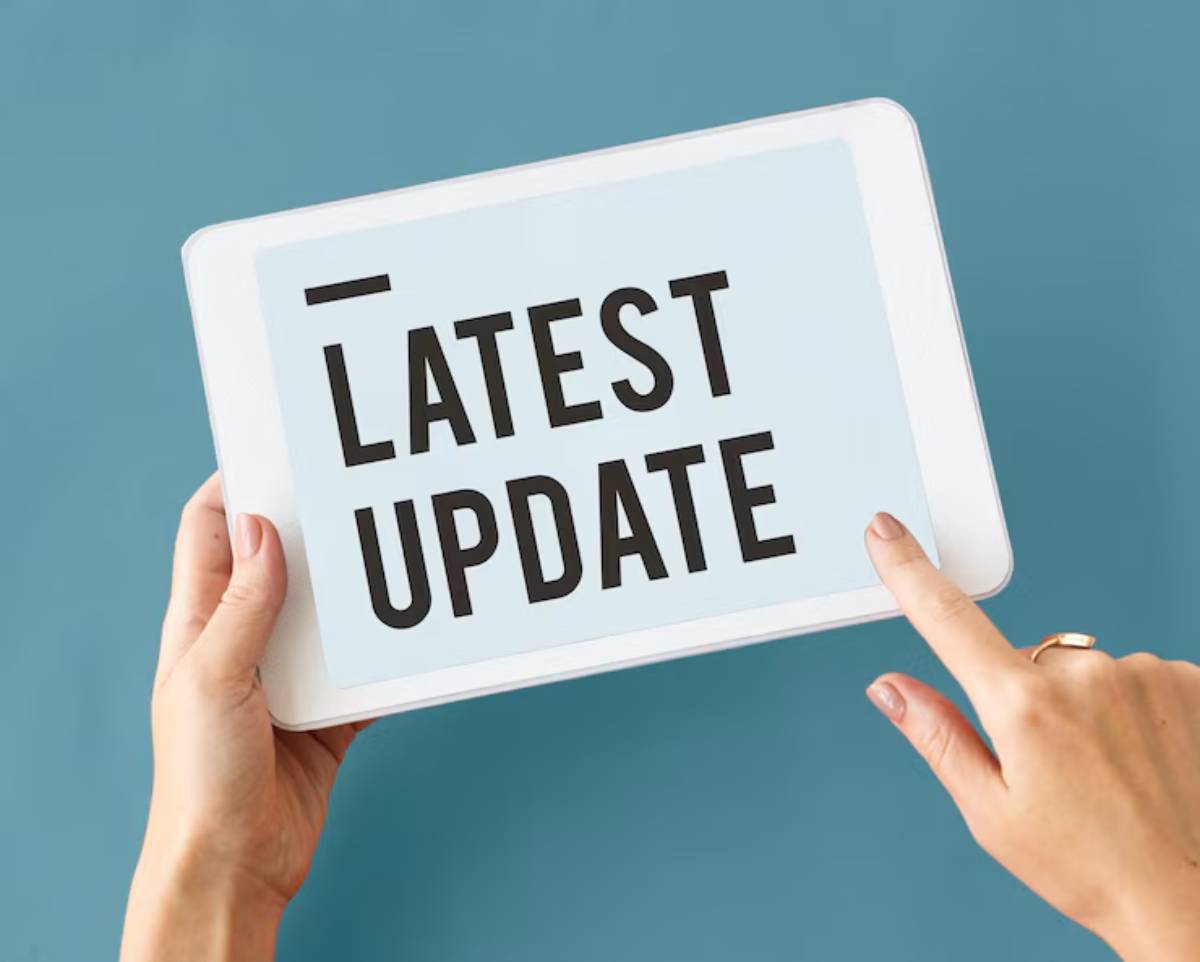The Personal Development Blog

How to Run Fewer Yet Better Meetings
We’ve all been there: a calendar full of meetings, barely any space to breathe, and that creeping frustration of “this could’ve been an email.” The rise of remote work didn’t just shift where we work — it changed how we work. Unfortunately, many workplaces responded by scheduling more meetings, not better ones.
Enter the age of digital meeting overload. Whether it’s daily check-ins, endless brainstorming calls, or back-to-back Zoom invites, the average professional now spends up to 23 hours per week in meetings, according to a report by Microsoft. That’s more than half the traditional workweek — and for many, it’s unsustainable.
This post will show you how to embrace meeting minimalism — a strategy that champions quality over quantity. You’ll learn how to identify unnecessary meetings, structure the ones that matter, and use efficient communication practices to create more time, clarity, and momentum in your workday. Let’s liberate your calendar and make every meeting actually worth attending.
Why We’re Stuck in Too Many Meetings
The Remote Work Effect
When offices closed, teams panicked. Without face-to-face chats, there was a rush to replace visibility with video calls. But more meetings didn’t necessarily mean more alignment.
- Meetings multiplied without a clear purpose
- Time zones and calendar overlaps created complexity
- People showed up, but often tuned out
Remote work isn’t the problem. Poor communication design is.
Meetings as a Proxy for Progress
In many organisations, meetings act as a way to “show” productivity, even when nothing gets decided.
You’ve probably been in meetings where:
- Updates could have been sent in a Slack message
- Decisions are rehashed without resolution
- Only three people speak while ten others listen
This breeds inefficiency and drains team morale. If we want to reclaim meaningful work time, we need to get intentional about when — and why — we meet.
The True Cost of Digital Meeting Overload
Time and Focus Fragmentation
Every meeting interrupts your flow. It’s not just the meeting itself — it’s the mental gear-shifting required to prepare, attend, and recover.
Harvard Business Review notes that even brief meetings can break up deep work blocks, leading to:

- Mental fatigue
- Decreased creativity
- Constant catch-up anxiety
The result? You leave work feeling “busy” but not productive.
Reduced Engagement and Burnout
When meetings stack up:
- Participation dwindles
- Cameras go off
- Multitasking rises
- Fatigue sets in
Digital fatigue is real. According to the American Psychological Association, video calls demand more cognitive effort than in-person interaction, from managing eye contact to interpreting tone. The more frequent and unstructured your meetings, the faster the burnout.
Embracing Meeting Minimalism
What Is Meeting Minimalism?
Meeting minimalism is the practice of:
- Reducing the number of meetings
- Shortening their length
- Sharpening their purpose
- Replacing meetings with async alternatives when possible
It’s not about cutting the connection. It’s about optimising communication so your team can spend more time doing the work, not just talking about it.
1: Audit Your Calendar
Ask: Which Meetings Actually Create Value?
Take a look at your recurring meetings.
For each one, ask:
- Is there a clear outcome or decision from this meeting?
- Are the right people attending?
- Could this be replaced by a written update?
Meetings with no defined outcome, too many passive attendees, or no follow-up action are often signals of meeting bloat.
Consider running a “meeting reset week” where you pause all but the most essential meetings and see what happens. You might find your team adapts better than expected.
2: Replace Meetings With Asynchronous Options
Not Every Conversation Needs to Be Live
Use async tools like Slack, Loom, or Notion for:

- Latest updates
- Project overviews
- Document reviews
- Idea gathering
Async updates allow people to process, reflect, and respond in their own time, often with more thoughtfulness and less interruption.
For example, instead of a 30-minute team update, send a 5-minute Loom video summarising key points. Invite written questions and feedback. This saves time and supports deeper engagement.
If your team is already feeling stretched thin by tools, these tech workspace tips can help you clean up digital clutter before layering on new systems.
3: Make Meetings Count When You Have Them
Design Every Meeting with Purpose
A great meeting has:
- A clear objective
- The right people in the room
- A set agenda, shared ahead of time
- A designated facilitator to keep things focused
- Defined next steps and action items
Try starting invites with purpose statements.
“The goal of this meeting is to align on the final marketing plan, confirm timelines, and assign next actions.”
No purpose? No meeting.
Shorter Is Smarter
Challenge the default 30- or 60-minute slots.
Use:
- 25-minute meetings for focused updates
- 45-minute sessions for decision-making
- 15-minute stand-ups for daily syncs
This encourages brevity, clarity, and respect for everyone’s time.
4: Curate the Guest List
Fewer People, More Contribution
Inviting everyone “just in case” dilutes the conversation.
Instead:
- Invite only those who contribute or decide
- Record sessions or share notes for FYI attendees
- Empower team leads to represent departments
When meetings are smaller, they’re faster, more focused, and less draining.
This practice becomes especially important as you try to avoid app overload at work. Minimising meetings helps reduce tool fatigue, too.
5: Set Cultural Norms for Healthy Meetings
Create a Team Code
Meeting culture is shaped by shared habits.
Consider aligning on norms like:

- Saying ‘No’ to unnecessary tasks helps reduce task-switching fatigue.
- “Cameras off unless context requires”
- “No multitasking — full attention or decline”
- “Start and end on time, every time”
Team buy-in makes it easier to protect calendars without guilt.
Review Meeting Effectiveness Regularly
Once a month, ask:
- Which meetings were energising? Which felt wasteful?
- Were we aligned on goals and outcomes?
- What’s one way we could improve our syncs?
Use feedback to refine your approach. Meeting minimalism is a living process, not a one-off fix.
When Meetings Are the Best Option
There are still moments when face-to-face syncs matter.
Choose meetings when:
- You’re making a complex or high-stakes decision
- There’s emotional nuance or conflict to navigate
- You need quick back-and-forth (e.g., problem-solving)
- You’re building rapport, trust, or team connection
When used intentionally, meetings become moments of real collaboration, not just another box to tick.
Final Thoughts: Quality Over Quantity Wins Every Time
Fewer meetings doesn’t mean less communication. It means more thoughtful, efficient, and energising communication.
By embracing meeting minimalism, you’re not just saving time — you’re protecting focus, reducing screen fatigue, and giving your team permission to do the work instead of constantly talking about it.
So here’s your next step: review your calendar. Cancel one meeting. Replace one with async. Redesign one to be shorter and sharper.
Because better meetings start with better intentions, and your time is too valuable to waste.









